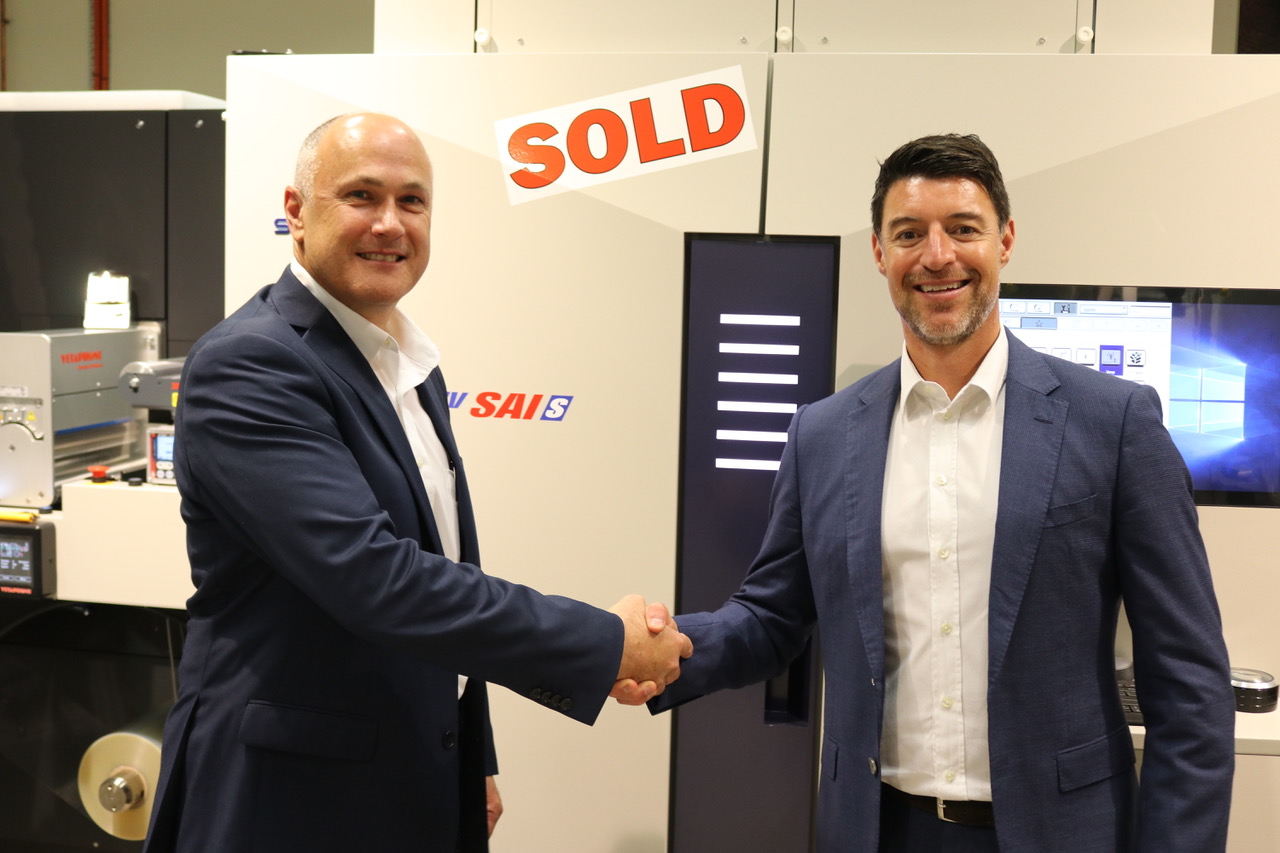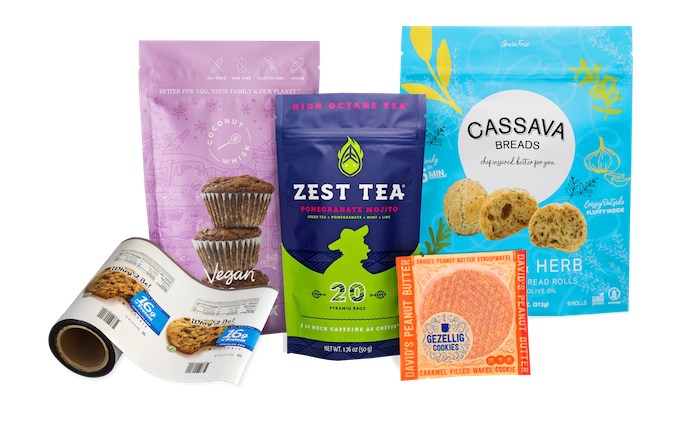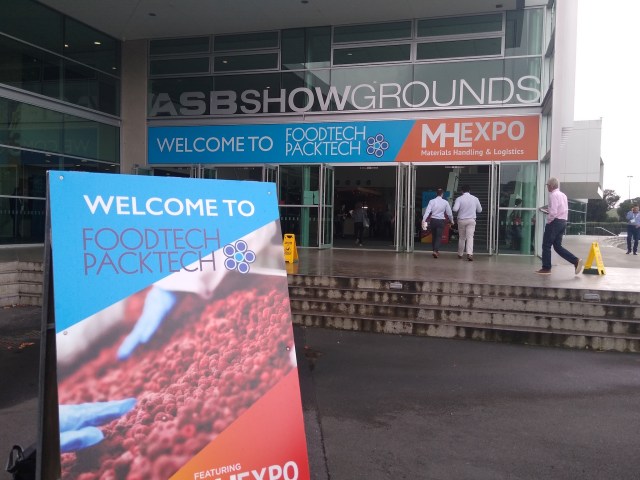
The October 2021 issue of ProPack.pro puts the spotlight on corrugated and sustainability in packaging. We investigate best practices in building a sustainable brand and addressing sustainability innovation in the packaging industry, as well as insight from vendors about their product offerings and outlook for the corrugated box market.
The issue also features news about global packaging company, ePac Flexible Packaging, launching in Australia and more details about the distributorship deal between T.Freemantle and J.L.Lennard, which will enable T. Freemantle to further spread its presence in Australia.
We also take a closer look at the Screen L350UV SAI series, available from Jet Technologies, and its recent sales in the region to businesses such DS Labels. Built to last and able to deliver on customers’ needs today and well into the future, the Screen L350UV SAI series is touted as the most flexible and automated label production system in its class.
We hope you enjoy this issue of ProPack.pro.
The Screen L350UV SAI series: Stable, Accurate and Integrated

Since the wraps were taken off the machine, Jet Technologies and Screen have seen a keen interest in the Screen L350UV SAI from players in the industry and have made a few installations since, despite challenges presented by COVID.
Global packaging company, ePac Flexible Packaging, launches in Australia

Its first manufacturing facility, due to open its doors in Melbourne in the fourth quarter of this year, will be located eight kilometres from the Melbourne CBD, at the new Newlands Road food manufacturing hub in Coburg, bringing its digital printing technology to the local scene.
Also in this issue:
J.L.Lennard extends T.Freemantle’s reach in Australia with distie deal
Corrugated fuelling the box-drop bonanza
Packaging Forum backs plastics phase-out
What rethinking packaging design entails
East Coast Canning gets Australian-first direct-to-can printing tech
How to create unique and innovative labels
Future-proofing pharma packaging
AIP releases sustainable packaging design case studies


